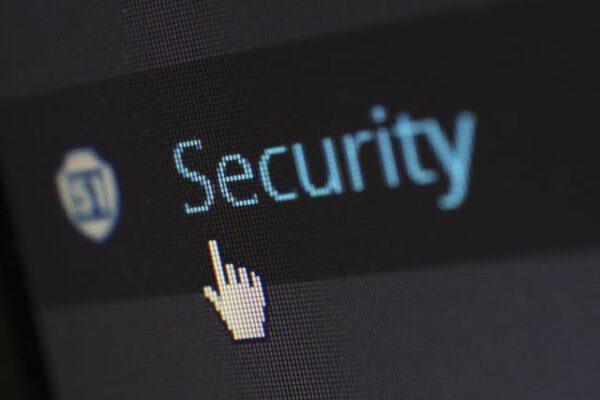
Let’s face it, phishing emails can be sneaky. They land in your inbox looking all official, with logos you recognize and subject lines that scream urgency. One minute you’re scrolling through emails about weekend plans, the next you’re staring at a message supposedly from your bank saying there’s been suspicious activity on your account. Panic sets in, and before you know it, you’ve clicked the link in the email to “verify” your information. Big mistake.
Here’s the thing: those emails are scams. They’re designed to trick you into clicking a link that takes you to a fake website. These fake sites look just like the real thing, but they’re there to steal your personal information, like passwords and credit card numbers. Once the scammers have that info, they can wreak havoc on your financial life.
So, how can you avoid falling victim to a phishing scam? Here are some tips:
- Be suspicious of anything that seems too good to be true. Did you win a free vacation to Hawaii you never entered a contest for? Yeah, probably not.
- Check the sender’s email address closely. Phishing emails often come from addresses that look almost real but with a typo or two. For example, instead of “lily@gmail.com” it might be “Iily@gmail.com”.
- Don’t click on links in emails unless you’re 100% sure they’re safe. If you’re unsure, hover your mouse over the link to see where it actually leads (usually in the bottom left corner of your browser window). If the address looks fishy, don’t click!
- If an email claims to be from your bank or another company, contact them directly. Don’t use the phone number or email address listed in the email. Look up the company’s real contact information on their website.
- Keep your software up to date. This includes your operating system, web browser, and antivirus software. Updates often include security patches that can help protect you from phishing scams.
Remember, if something seems off, it probably is. When in doubt, throw it out! Don’t be afraid to delete suspicious emails. And if you ever think you might have clicked on a bad link, contact your bank or credit card company immediately to report it.
By following these tips, you can protect yourself from phishing scams and keep your personal information safe.